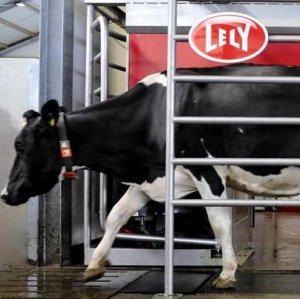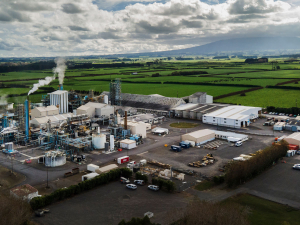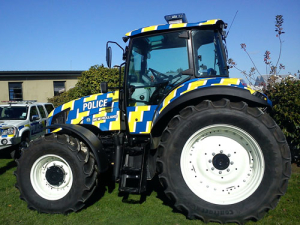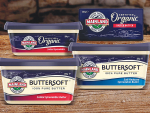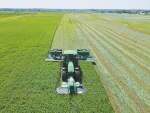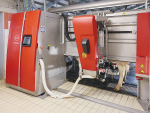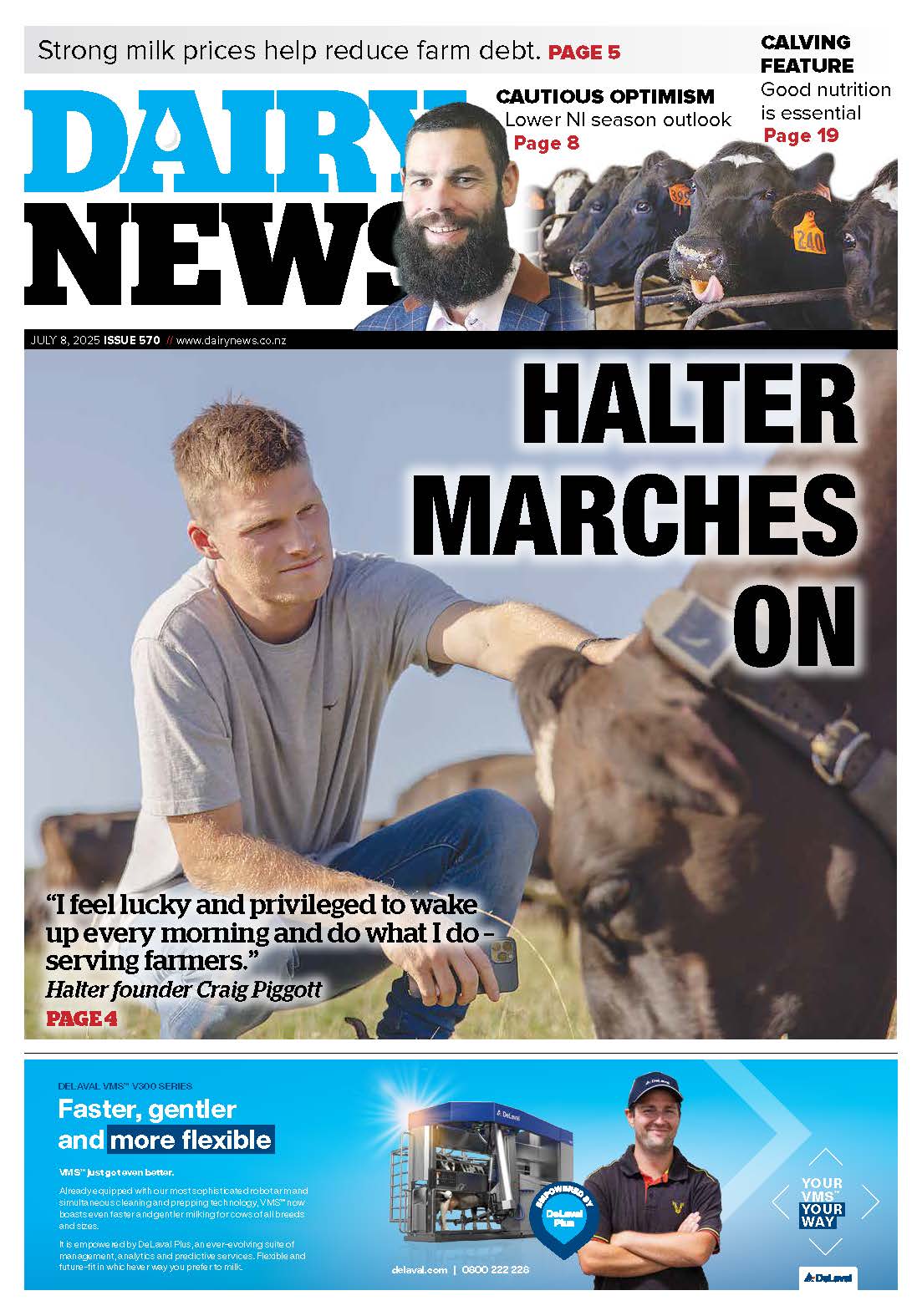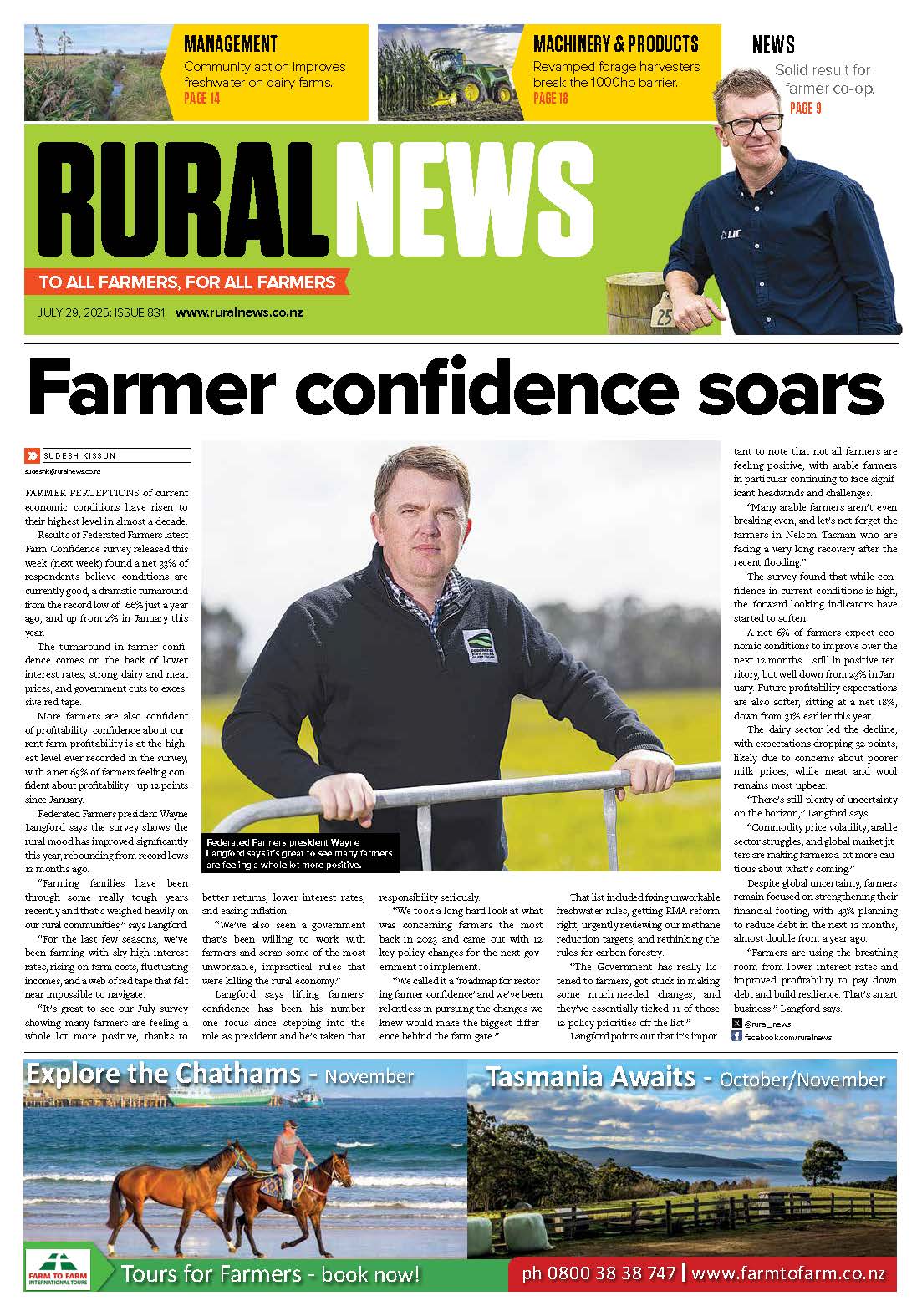While it won't suit all farmers, robotic milkers will become more common, Dunsandel dairy consultant Helwi Tacoma says. Tacoma has been crunching the numbers on robotic milking systems. Robots are becoming more common in Europe and America, and he wanted to know if they have a future here.
"They work technically and were already established in Holland when I left in 1991. I was curious to know if they would work economically in New Zealand," he says.
Tacoma believes the new systems will become a lot more common but won't necessarily suit all farmers.
"The main advantage is high cash flow. It's a big investment with high inputs, high outputs and potentially a high cash flow. It can make you more money if you look at it on a per cow basis. But the flip side is, because more capital is employed, the risk is higher than with a conventional system.
"The only way to make it work on paper is by achieving higher production. That means a good sized cow, say 600kg body weight, fed concentrates for high production. You will need a couple of kilograms of concentrates per cow per milking."
Cows who receive higher levels of inputs will choose to be milked two-and-a-half or three times a day. The payoff is higher production.
The rewards are not just financial, he points out. "A cow person will get a buzz out of getting all this milk out of cows and seeing them in top condition and in good stock health. That isn't a financial thing but it feels good"
Most of the world has barn-raised cows so the robots are in the barn with the cows. New Zealand predominantly has cows raised on pasture so robotic systems here are developing differently.
Most of the robotic systems in New Zealand use rotational grazing and three raceways. Every eight hours the cows go onto a different break alternating between the three raceways.
In one scenario Tacoma compared the cost of robotic milking 500 cows to a standard herringbone shed. Eight robots at a cost of about $2.2 million would be needed to milk a 500 head herd. If the robots were used with pastured cows, a separate milking shed would also be required.
This compares to a cost of $800,000 for a standard 40-a-side herringbone. Everything else is the same for pastured animals – raceways, stock water and fencing. So there is a big difference in set-up costs, he says.





